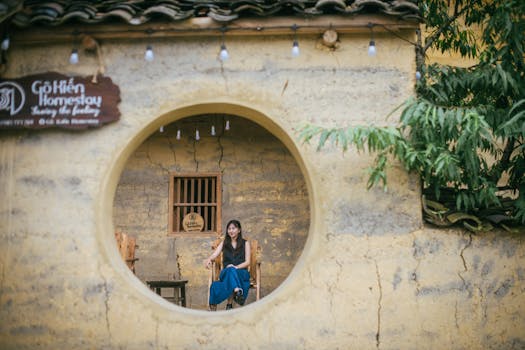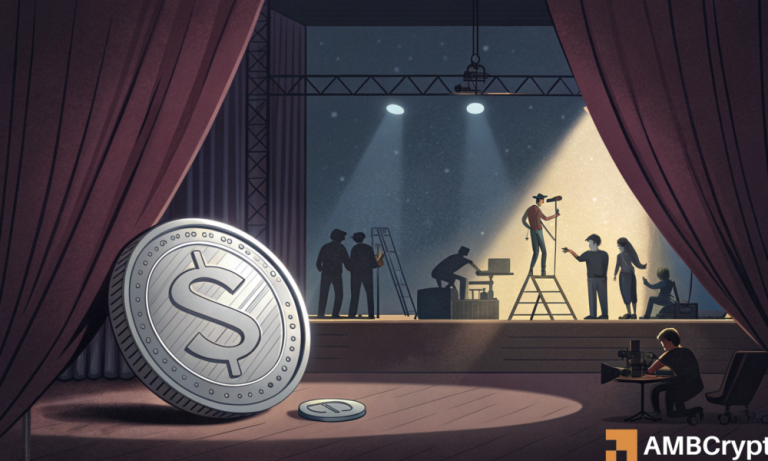
Traveling Through Time: How Europe’s Historical Heritage Shapes Modern Lifestyles in 2025
Introduction to Europe’s Historical Heritage
Traveling Through Time: How Europe’s Historical Heritage Shapes Modern Lifestyles in 2025. Europe is a continent steeped in history, with a rich cultural heritage that spans thousands of years. From the ancient civilizations of Greece and Rome to the modern nation-states of the 21st century, Europe’s past continues to shape its present. In this article, we’ll explore how Europe’s historical heritage is influencing modern lifestyles in 2025, and highlight some of the best destinations to experience it.
Architecture and Urban Planning
One of the most visible ways in which Europe’s historical heritage is shaping modern lifestyles is through architecture and urban planning. Many European cities have preserved their historic centers, with narrow streets, grand piazzas, and iconic landmarks like the Eiffel Tower or Big Ben. These areas are not only popular tourist destinations but also thriving hubs of modern activity, with trendy bars, restaurants, and boutiques. The blend of old and new is a hallmark of European urban planning, with modern buildings and innovations seamlessly integrated into historic contexts.
Cuisine and Food Culture
European cuisine is another area where historical heritage is having a significant impact on modern lifestyles. Traditional dishes like pasta, pizza, and tapas have been passed down through generations, with modern twists and innovations adding to their appeal. The emphasis on local, seasonal ingredients and artisanal production methods is a direct result of Europe’s historical agricultural and culinary traditions. From Michelin-starred restaurants to street food markets, European cuisine is a vibrant reflection of the continent’s cultural diversity and historical depth.
Arts and Culture
The arts are another area where Europe’s historical heritage is shaping modern lifestyles. From the Renaissance to the modern era, European artists have been at the forefront of innovation and creativity. Today, this legacy can be seen in the numerous museums, galleries, and festivals that take place across the continent. The likes of the Louvre, the Uffizi, and the Prado are not only repositories of historical masterpieces but also platforms for contemporary artists to showcase their work. The intersection of history and modernity is a defining feature of European arts and culture, with the past informing and inspiring the present.
Conclusion
In conclusion, Europe’s historical heritage is a vital component of modern lifestyles in 2025. From architecture and urban planning to cuisine and the arts, the past continues to shape the present in profound ways. As we look to the future, it’s essential to appreciate and preserve this heritage, ensuring that the best of European culture is passed down to future generations. Whether you’re a history buff, a foodie, or an art lover, Europe has something to offer, making it the perfect destination for anyone interested in experiencing the rich tapestry of human culture.





